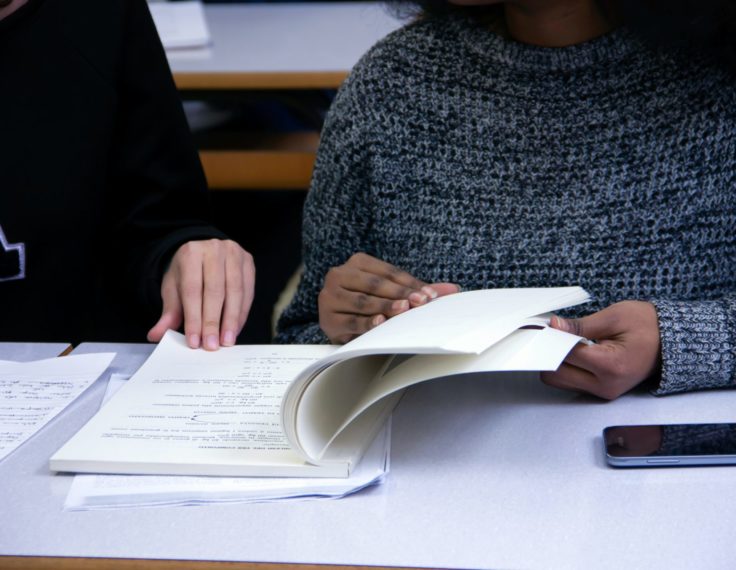
Images and misinformation in political groups: Evidence from WhatsApp in India
Kiran Garimella and Dean Eckles
WhatsApp is a key medium for the spread of news and rumors, often shared as images. We study a large collection of politically-oriented WhatsApp groups in India, focusing on the period leading up to the 2019 Indian national elections. By labeling samples of random and popular images, we find that around 10% of shared images are known misinformation and most fall into three types of images.

Do the right thing: Tone may not affect correction of misinformation on social media
Leticia Bode, Emily K. Vraga and Melissa Tully
An experiment conducted with 610 participants suggests that corrections to misinformation—pointing out information that is wrong or misleading and offering credible information in its place—on social media reduce misperceptions regardless of the correction’s tone (uncivil, affirmational, or neutral). There is also an opportunity to correct secondary but related misperceptions (dealing with the same topic but with a different specific fact) when responding to misinformation on social media.

Misinformation in action: Fake news exposure is linked to lower trust in media, higher trust in government when your side is in power
Katherine Ognyanova, David Lazer, Ronald E. Robertson and Christo Wilson
One major concern about fake news is that it could damage the public trust in democratic institutions. We examined this possibility using longitudinal survey data combined with records of online behavior. Our study found that online misinformation was linked to lower trust in mainstream media across party lines.

News literacy education in a polarized political climate: How games can teach youth to spot misinformation
Yoo Kyung Chang, Ioana Literat, Charlotte Price, Joseph I. Eisman, Jonathan Gardner, Amy Chapman and Azsaneé Truss
We designed, implemented and evaluated a game about fake news to test its potential to enhance news literacy skills in educational settings. The game was largely effective at facilitating complex news literacy skills. When these skills were integrated into the design and fictional narrative of the game, diverse groups of students engaged with the learning goals and transferred this knowledge to real life contexts.
